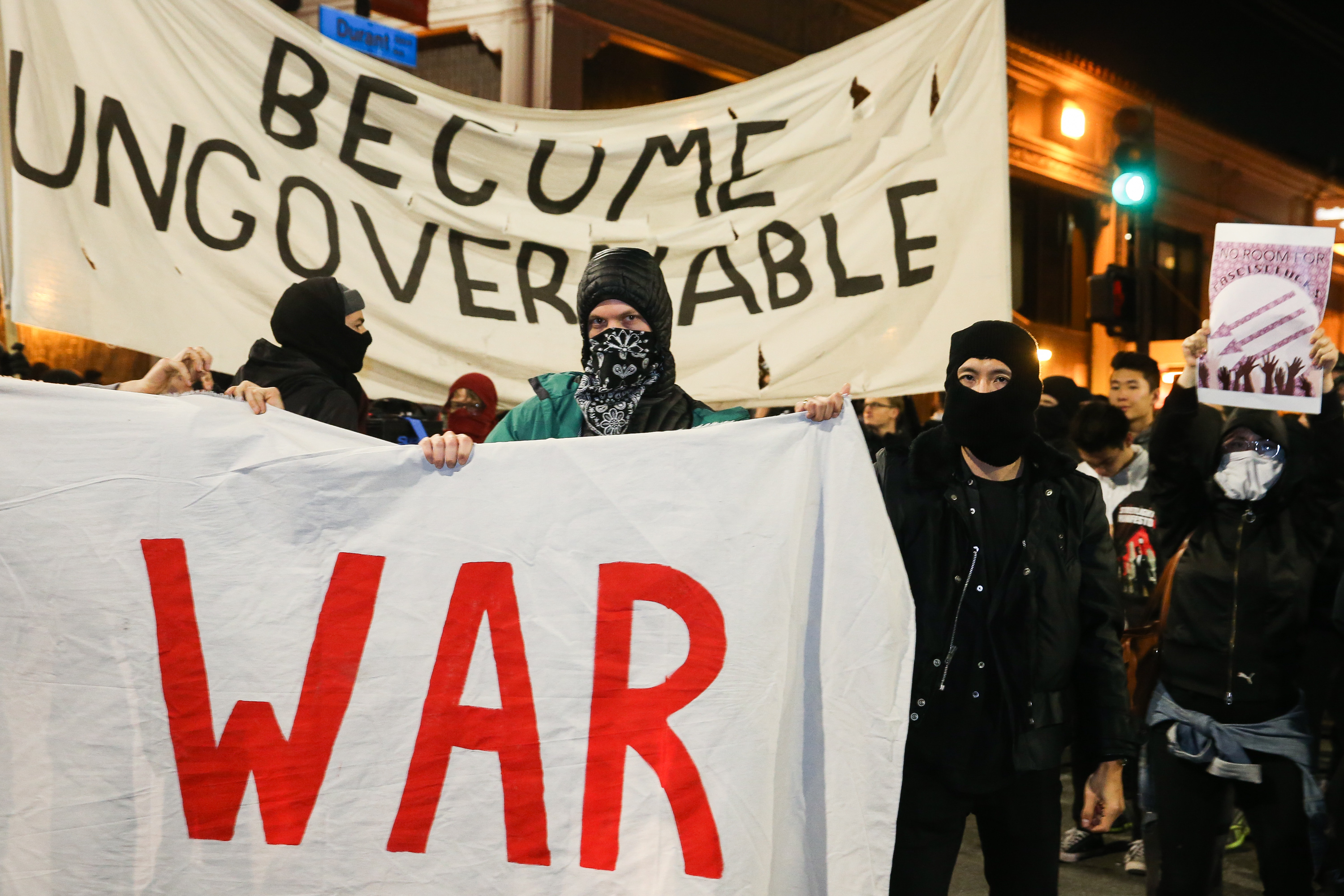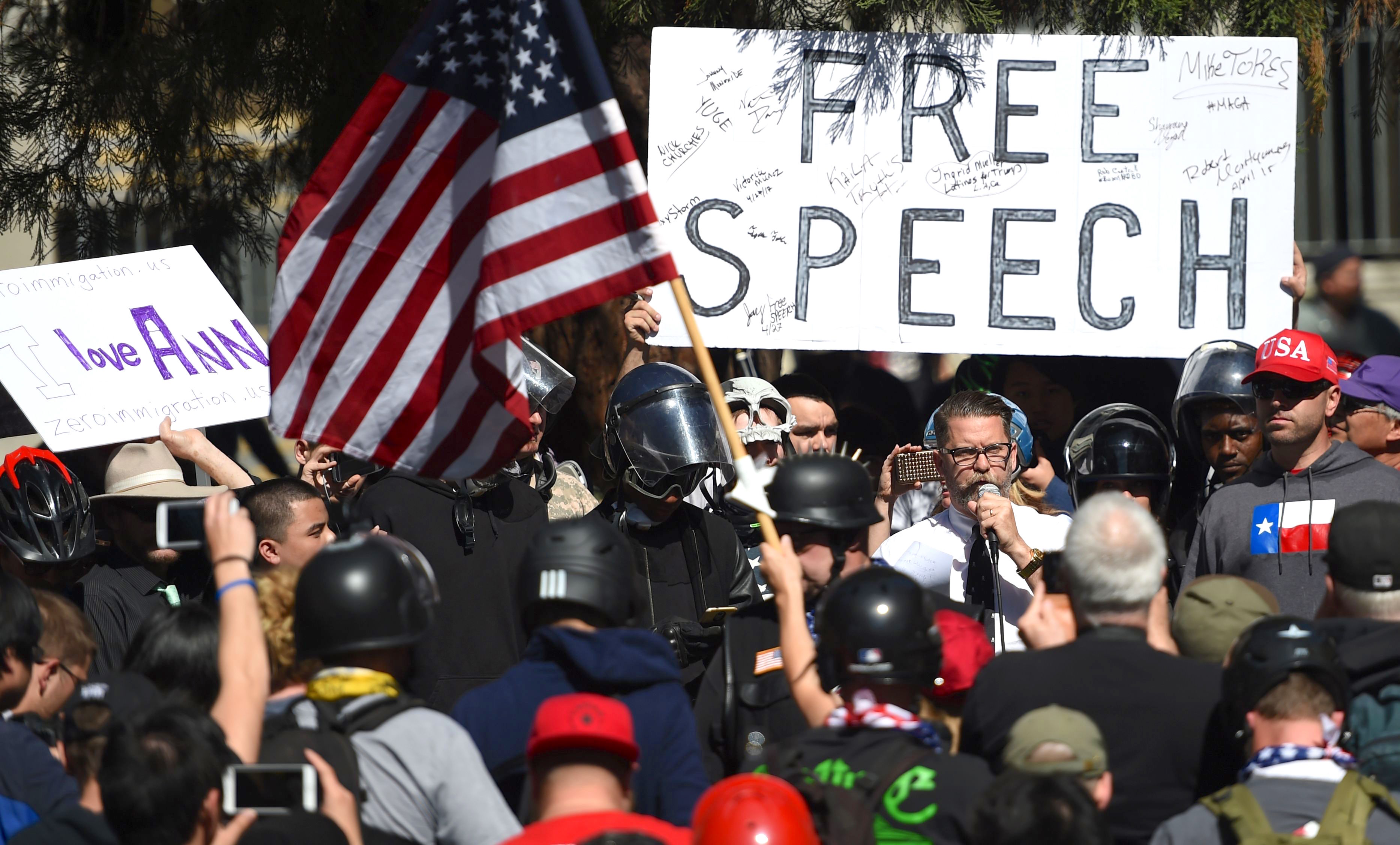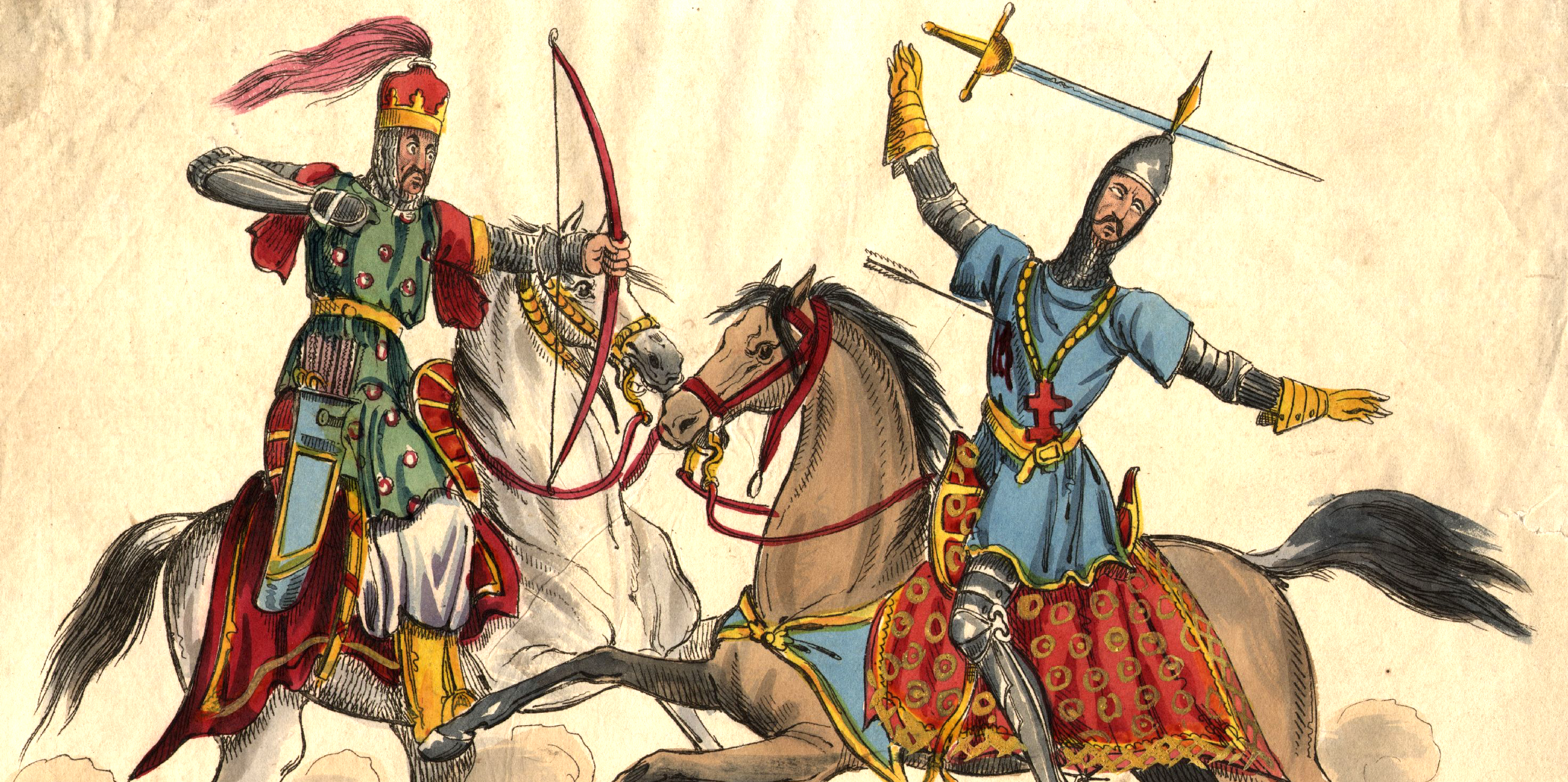Richard Spencer
Clashes between “antifa” on the far left and the alt-right have intensified.
A new study questions why some people support “free speech”.
The Middle Ages see a resurgence of interest among the alt-right and some conservative thinkers.


